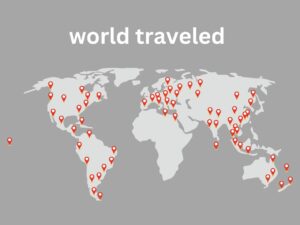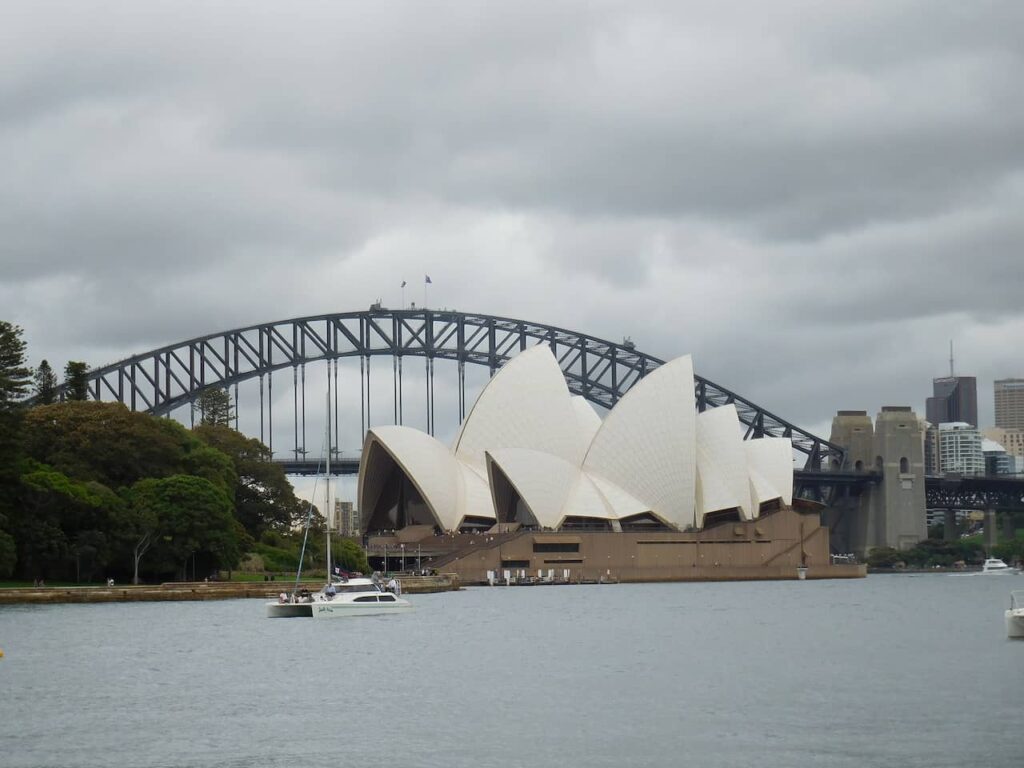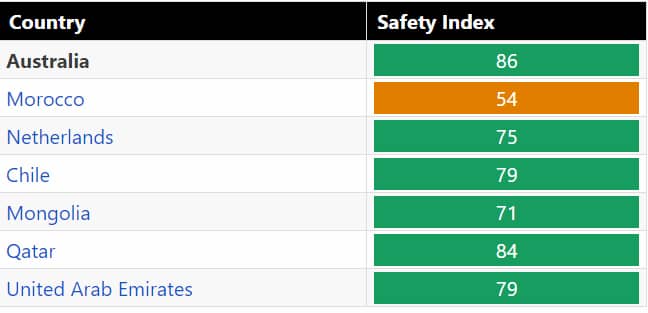Australia is a multicultural country with rich cultural diversity due to its history of immigration and the coexistence of various ethnic communities. Australian culture is influenced by people from diverse backgrounds such as Aboriginal and Torres Strait Islanders (the native indigenous peoples), European settlers, Asians, Middle Easterners, Africans, and many others.
Spoken language
English is the predominant and official language spoken in Australia. As a legacy of the British colonial period, English is the language used in everyday communication, government, business, education, and in all spheres of Australian society.
It is important to point out that although English is the main language, Australia is a culturally diverse nation.
Australia’s Aboriginal peoples also have their indigenous languages, and many of them are still spoken today. These languages have significant cultural value and are protected and preserved by Aboriginal communities.
However, for communication on a national and international level, English is the dominant language and therefore the main language you will encounter when visiting Australia.
Religion
Australia is a secular and religiously diverse nation. According to census data, the majority of the Australian population identifies as Christian, but there is a growing diversity of religious beliefs in the country.
Major religions practiced in Australia include:
Christianity is the largest religion in Australia, with several denominations present. The Roman Catholic Church is the largest Christian denomination, followed by the Anglican Church
various Protestant churches such as the United Church of Australia, and Pentecostal denominations.
No religion: A significant portion of the Australian population identifies as having no specific religion. These people may be agnostics, atheists, or just don’t follow any particular religious faith.
In addition to Christianity and non-religious people, Australia is home to a variety of other religions due to immigration and cultural diversity. This includes Islam, Buddhism, Hinduism, Sikhism, and Judaism, among others.
Gastronomy
Australia’s cuisine is a delicious blend of culinary influences from many cultures around the world, reflecting the country’s diversity.
Australian food combines fresh flavors, high-quality ingredients, and innovative dishes, often highlighting local and seasonal produce. Some hallmarks of Australian cuisine include:
Seafood: Due to the extensive coastline, seafood plays a prominent role in Australian cuisine. Dishes such as grilled shrimp, crab, oysters, and fresh fish are very popular, and Tasmanian lobsters are especially prized.
Barbecue: Barbecue is an essential part of Australian culture. Australians love to grill meats such as steak, sausages, lamb, and chicken, often accompanied by fresh salads and tasty sauces.
Vegemite: An Australian culinary icon, Vegemite is a savory paste made from yeast extract, usually consumed on buttered toast. Australians have a special relationship with this product, and it is an important part of breakfast for many families.
Due to the country’s cultural diversity, Australia offers a wide range of restaurants and establishments serving cuisines from around the world. You can find a variety of Asian, Mediterranean, Indian, and African dishes, among others.
Main dishes










